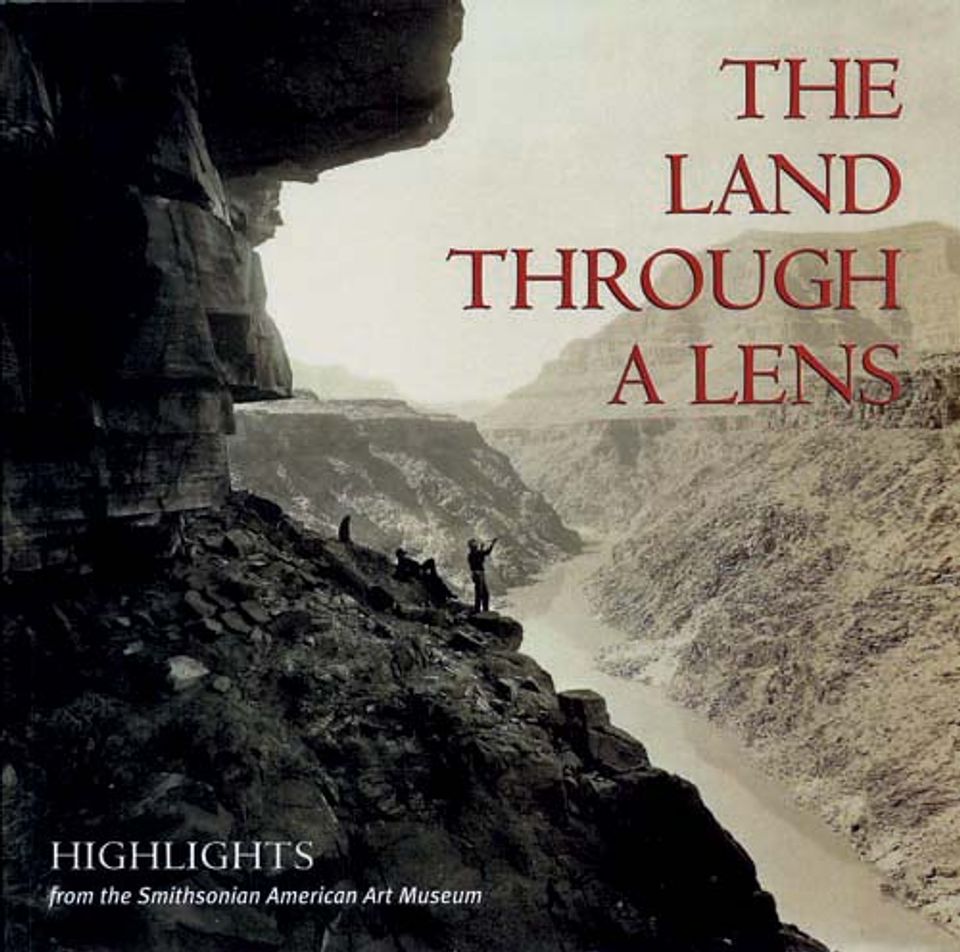Robert Dawson
- Also known as
- Robert Holden Dawson
- Born
- Sacramento, California, United States
- Active in
- San Francisco, California, United States
- Biography
Born in Sacramento, California, 1950. Currently resides in San Francisco. Dawson teaches at San Francisco State University and San Jose State University. He received a National Endowment for the Arts Fellowship in 1984 and 1988. Recent solo exhibitions of his work inclue a show at the Gallery Min, Tokyo, Japan (1988). Since 1983 he has been co-director of the Water in the West Project, a collaborative photographic exploration of our culture's relationship to, and use of, water in the arid lands of the American West. Recent publications include The Great Central Valley Project (University of California Press, 1989) and Robert Dawson Photographs (Gallery Min, Tokyo, Japan, 1988).
Merry A. Foresta, Stephen Jay Gould, and Karal Ann Marling Between Home and Heaven: Contemporary American Landscape Photography (Washington, D.C. and Albuquerque, New Mexico: The National Museum of American Art in association with the University of New Mexico Press, 1992)















